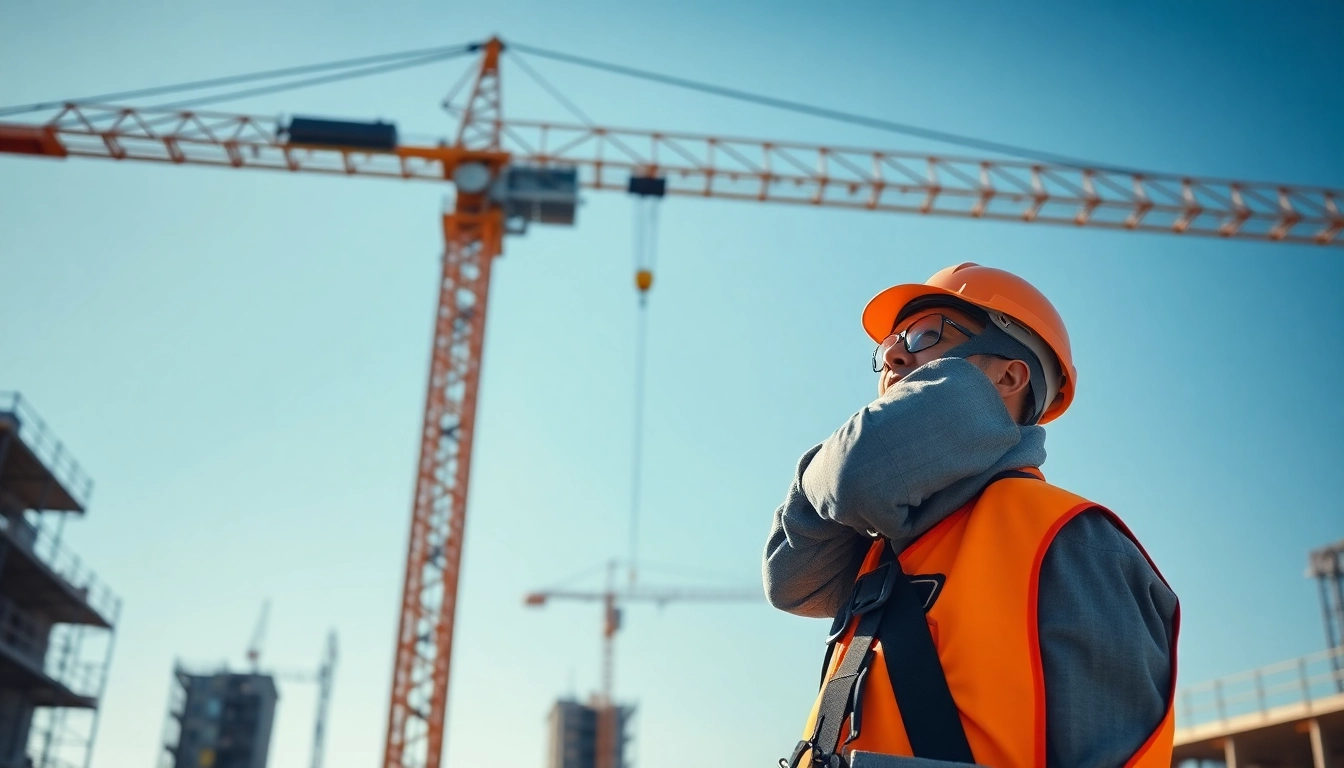Understanding Pipe Stress Analysis
Pipe stress analysis is vital for safeguarding the integrity and efficacy of piping systems in various engineering applications. It involves evaluating the mechanical characteristics and behaviors of pipes under various conditions, particularly focusing on the stresses induced by temperature changes, pressure fluctuations, and external loads. As a pipe stress Analysis Company, our role is to ensure that engineering teams understand these dynamics thoroughly, promoting safety and operational efficiency.
What is Pipe Stress Analysis?
Pipe stress analysis refers to the rigorous engineering assessment of piping systems to determine their capacity to withstand operational stresses. These stresses can stem from multiple factors, including thermal expansion, internal pressurization, vibrations, and environmental stressors. The analysis typically involves both static and dynamic assessments, providing engineers with concrete data on how a piping system will perform under real-world conditions.
Importance of Pipe Stress Analysis in Engineering
The importance of pipe stress analysis cannot be overstated. It helps prevent catastrophic failures that can result from over stress scenarios, ensuring both operational efficiency and safety. For industries like oil and gas, chemical processing, and power generation, the consequences of inadequate analysis can lead to severe financial losses, environmental hazards, and, most critically, risks to human life. By employing effective pipe stress analysis, engineers can mitigate these risks, ensuring a robust and resilient infrastructure.
Key Principles of Pipe Stress Analysis
A comprehensive understanding of the fundamental principles of pipe stress analysis is essential for effective implementation:
- Material Properties: Knowledge of the mechanical properties of the materials used, such as yield strength and modulus of elasticity, is critical.
- Load Types: Recognizing different types of loads — axial, bending, torsional, and shear — helps in better predicting the stresses experienced by a pipe.
- Support Configurations: Understanding how pipes are supported and anchored aids in shaping the pipe’s behavior under stress.
- Thermal Effects: Taking into consideration thermal expansion and contraction is crucial in environments with fluctuating temperatures.
Common Challenges in Pipe Stress Analysis
While the principles of pipe stress analysis are clear, executing them presents several challenges. Below are some key hurdles engineers face:
Identifying Potential Structural Failures
One of the most significant challenges in pipe stress analysis is the identification of potential structural failures. Engineers must utilize various analytic techniques—such as finite element analysis (FEA)—to simulate stress conditions and pinpoint where and how a failure might occur. Understanding the interplay between stresses, support systems, and geometrical layout is crucial to preempt severe failures that could arise from overloading or design flaws.
Accurate Load Application Techniques
Determining the loads that a piping system will experience is paramount for stress analysis. Engineers need to be meticulous in measuring and applying static and dynamic loads correctly, considering factors such as pressure surges, thermal changes, and seismic activities. Failing to accurately portray these variables may result in an incomplete analysis that underestimates the stresses experienced by the system.
Addressing Thermal Expansion Issues
Thermal expansion can place significant stress on piping systems, particularly in environments with extreme temperature variations. Failure to address these issues can lead to buckling, cracking, or shifting of pipes, which can compromise system integrity. Engineers must employ expansion joints, loops, or other mitigation techniques to accommodate thermal changes effectively.
Best Practices for Effective Pipe Stress Analysis
A successful pipe stress analysis requires adherence to best practices that ensure thorough evaluations and reliable results. Here are some approaches to consider:
Utilizing Advanced Software Tools
One of the most effective ways to enhance the accuracy of pipe stress analysis is through the use of advanced software tools. Programs like CAEPIPE, AutoPIPE, and ANSYS provide engineers with the capabilities to conduct sophisticated analyses and visualize stress distributions within a piping system. These tools offer options for both 2D and 3D modeling, making it easier to identify problem areas and develop preventative strategies.
Regular Maintenance and Reassessment
Pipe systems are subject to wear and tear over time, necessitating regular maintenance and reassessment. By establishing a periodic review process, engineers can ensure that any changes—such as new equipment installation or modifications to existing systems—are considered in the overall stress analysis. This proactive approach prevents unforeseen failures and extends the lifespan of piping systems.
Integrating Multidisciplinary Approaches
Pipe stress analysis benefits significantly from a multidisciplinary approach. By collaborating with other engineering disciplines—such as mechanical, civil, and environmental engineering—companies can gain insights that inform more complete assessments. For example, considering geotechnical data can be integral when evaluating piping systems laid in varying soil conditions or when subjected to seismic activity.
Case Studies in Pipe Stress Analysis
Studying real-world applications of pipe stress analysis illuminates its importance and underlying principles. Below are some notable case studies that reveal insights into effective practices and lessons learned.
Successful Projects by Leading Companies
One significant case involves a major oil and gas company tasked with assessing the integrity of its submarine piping systems. Utilizing a combination of advanced simulation software and analytic techniques, the engineering team identified potential failure points and redesigned support structures to enhance reliability. The success of this project demonstrated the value of thorough pipe stress analysis, which ultimately extended the life of the pipeline and reduced operational costs.
Lessons Learned from Failures
Conversely, several high-profile failures stemmed from inadequate pipe stress analysis, with the catastrophic consequences that followed serving as enduring warnings in the industry. One such incident involved a chemical plant experiencing a sudden pipe rupture due to unaccounted thermal stresses. This disaster prompted a thorough industry reevaluation of stress analysis practices, yielding new regulations and standards designed to enhance safety protocols.
Innovative Solutions and Industry Trends
The field of pipe stress analysis continues to evolve, influenced by technology and changing industry demands. Trends such as predictive analytics and machine learning are starting to play a substantial role in where data from structural health monitoring systems is used to continually assess pipe performance and preemptively address potential issues before they escalate. These innovative solutions signify a shift towards more integrated and smart approaches to engineering.
Future Directions for Pipe Stress Analysis
As we look ahead, several emerging trends and technologies are poised to significantly influence the landscape of pipe stress analysis. Below are key areas to monitor:
Emerging Technologies and Their Impact
With the ongoing advancements in computational capabilities and materials science, new technologies such as 3D printing and smart materials are opening new avenues for design and analysis. These technologies can lead to lighter, more efficient piping systems that can better withstand loads while being more adaptable to changing operational conditions.
Regulatory Changes and Compliance Considerations
As environmental concerns heighten, there is an increasing need for compliance with stricter regulations governing emissions and leak prevention. Engineers must stay abreast of regulatory changes affecting pipe stress analysis, ensuring that designs not only meet existing standards but also adhere to future guidelines that prioritize safety and sustainability.
Building a Sustainable Future through Design
Finally, there is a growing emphasis on sustainability in engineering practices. Pipe stress analysis plays an integral role in supporting designs that minimize waste and energy consumption. By achieving optimal designs that consider both functionality and environmental impact, engineers help pave the way for a more sustainable and responsible engineering future.



